Yūgen Project Series
Denver Art Museum 2024

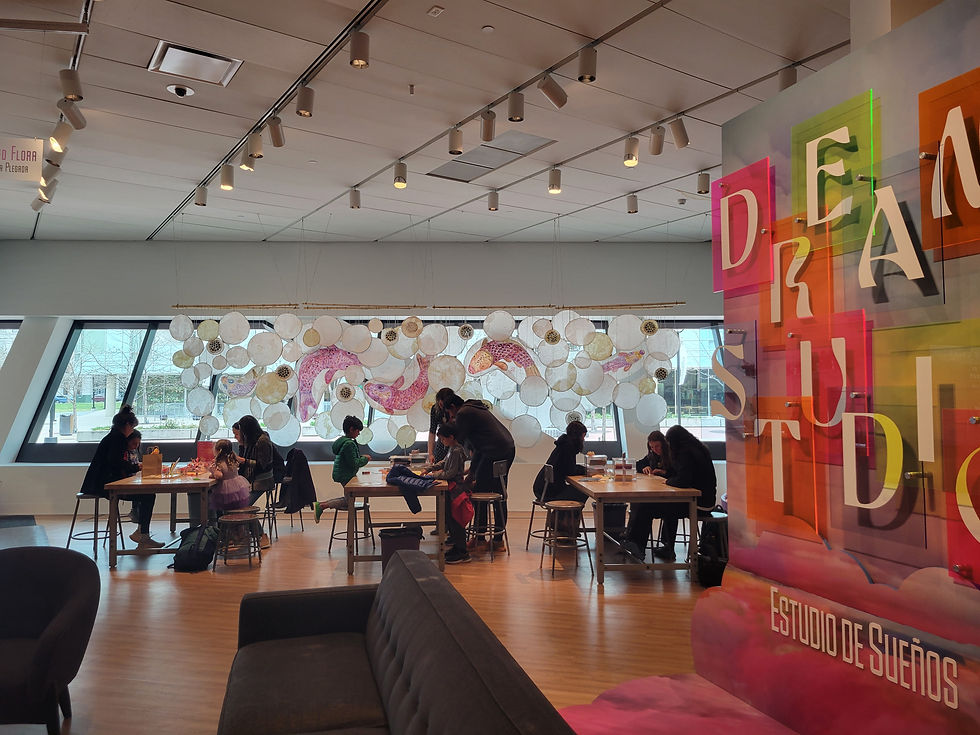




Emmanuel Art Gallery, Auraria Campus-Absolute Immunity-Aug 19-Nov 2, 2024









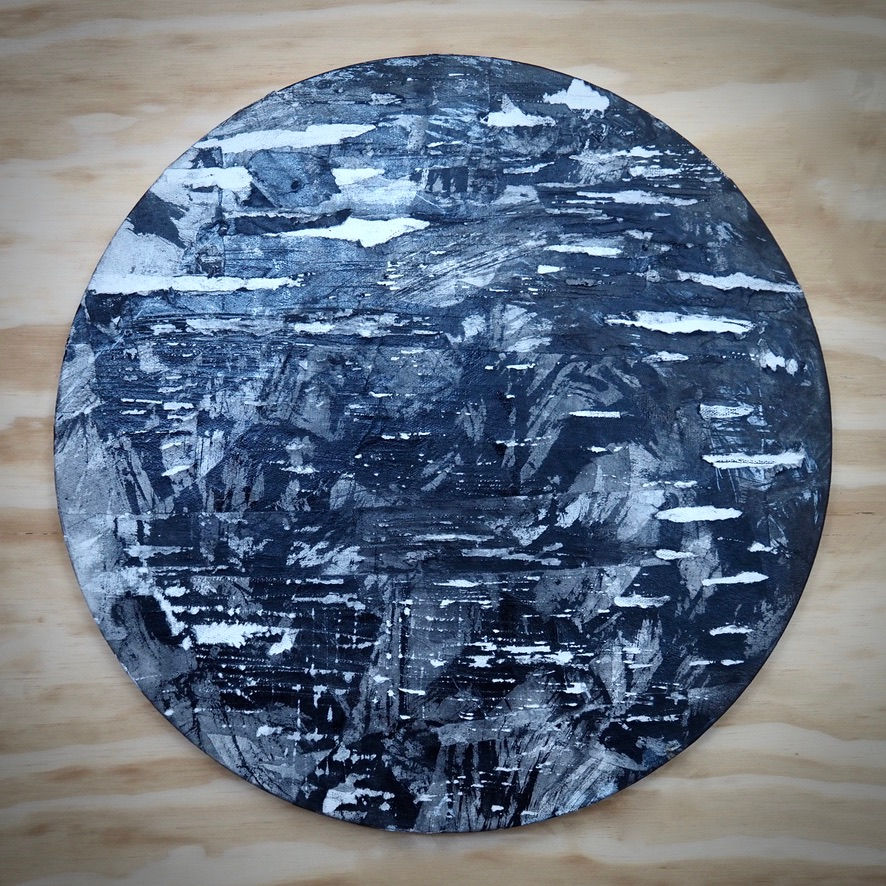



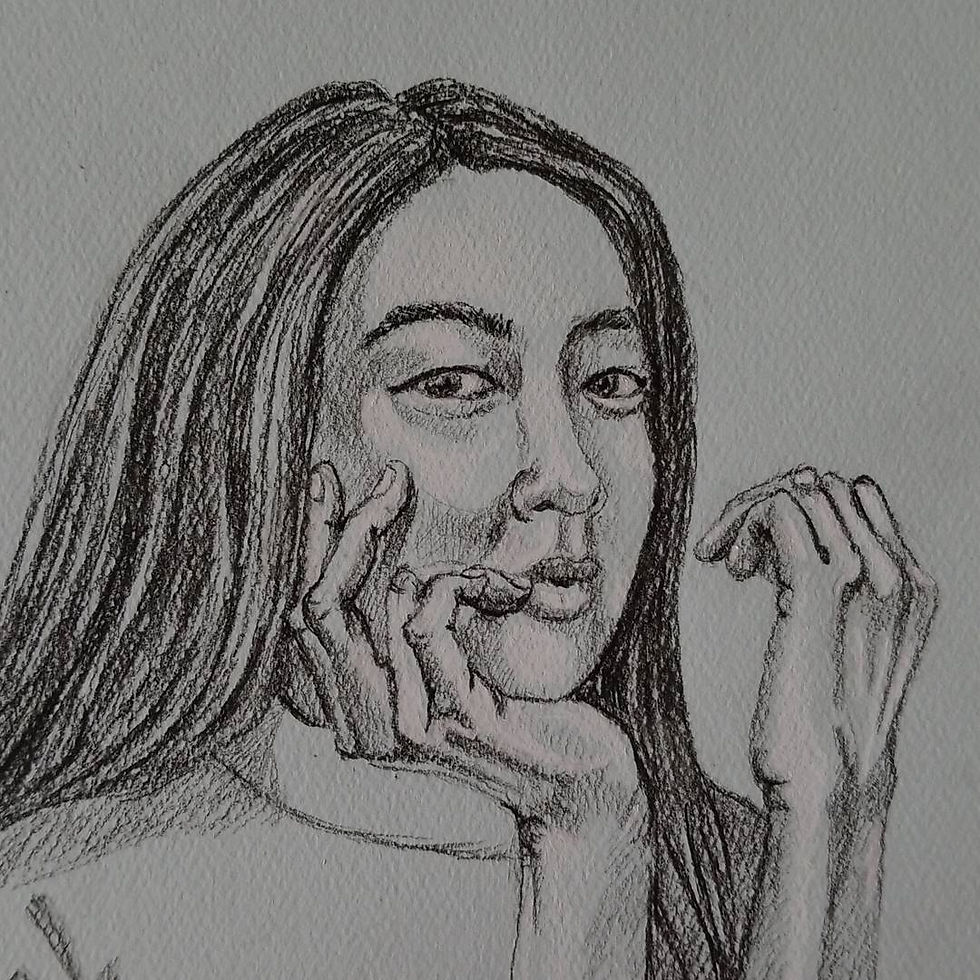





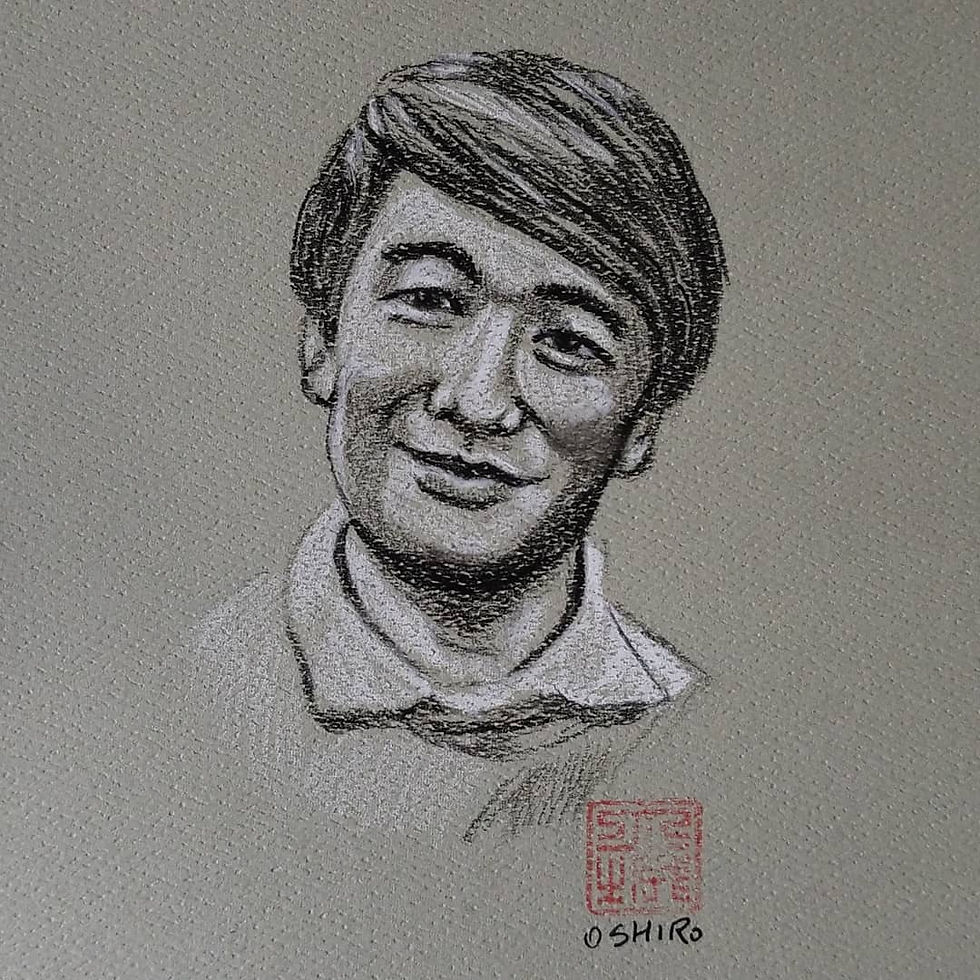




Yugen Project - Material Haiku 2025

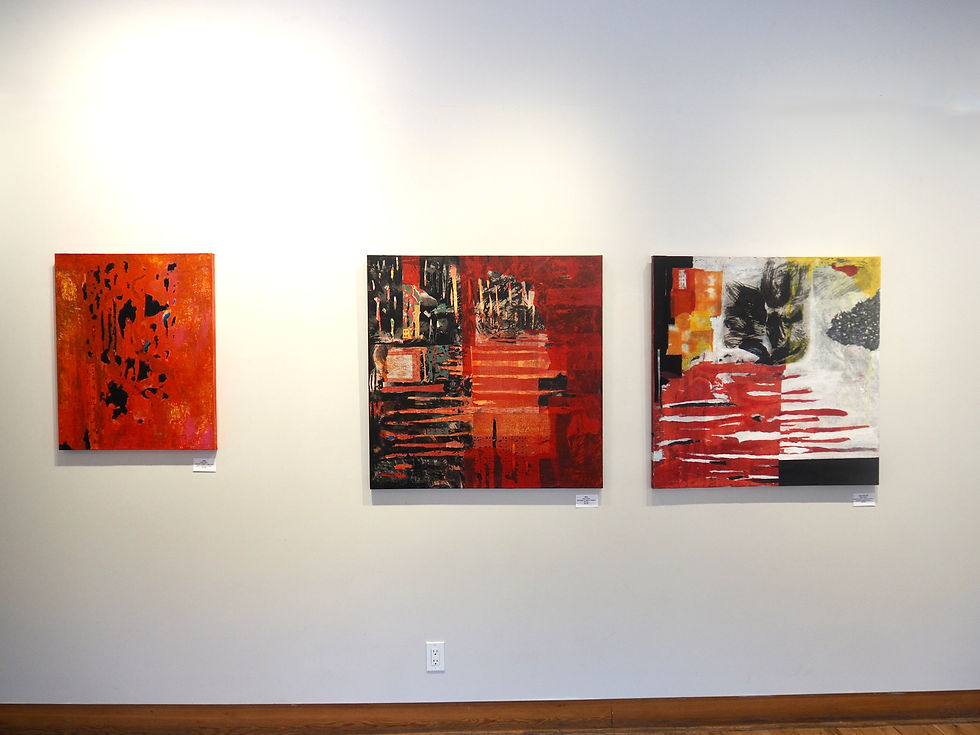






















Yūgen Series.
My fascination with languages and the origins of words led me to explore the beginnings of kanji. In that journey, I came across books on the ancient Chinese characters known as Oracle Bone Script—also called Dragon Script—part of a writing system lost to time and rediscovered some three thousand years later, around 1895. These primordial symbols form a visceral link to the past, a thread in our collective memory.
They carry a lyrical quality intertwined with my Japanese heritage, which is why they have become part of my visual vocabulary. A work of art without depth or purpose is merely an empty vessel—like a body without a soul.
In the spirit of Art Informel (Arte Informale), I reinvent, deconstruct, and multiply these symbols. They move in rhythmic compositions guided by an invisible grid, their colors shifting and resonating like a visual song. At times they function as modules, existing only in relation to one another. They carry both deliberate and unintended meanings, allowing a private language to take on a universal voice.
























Deco-Boco Avant-garde Wearable Art, Ensō Collection.
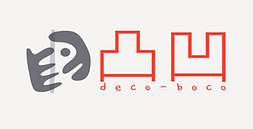








"Cass, the Cat" Series







